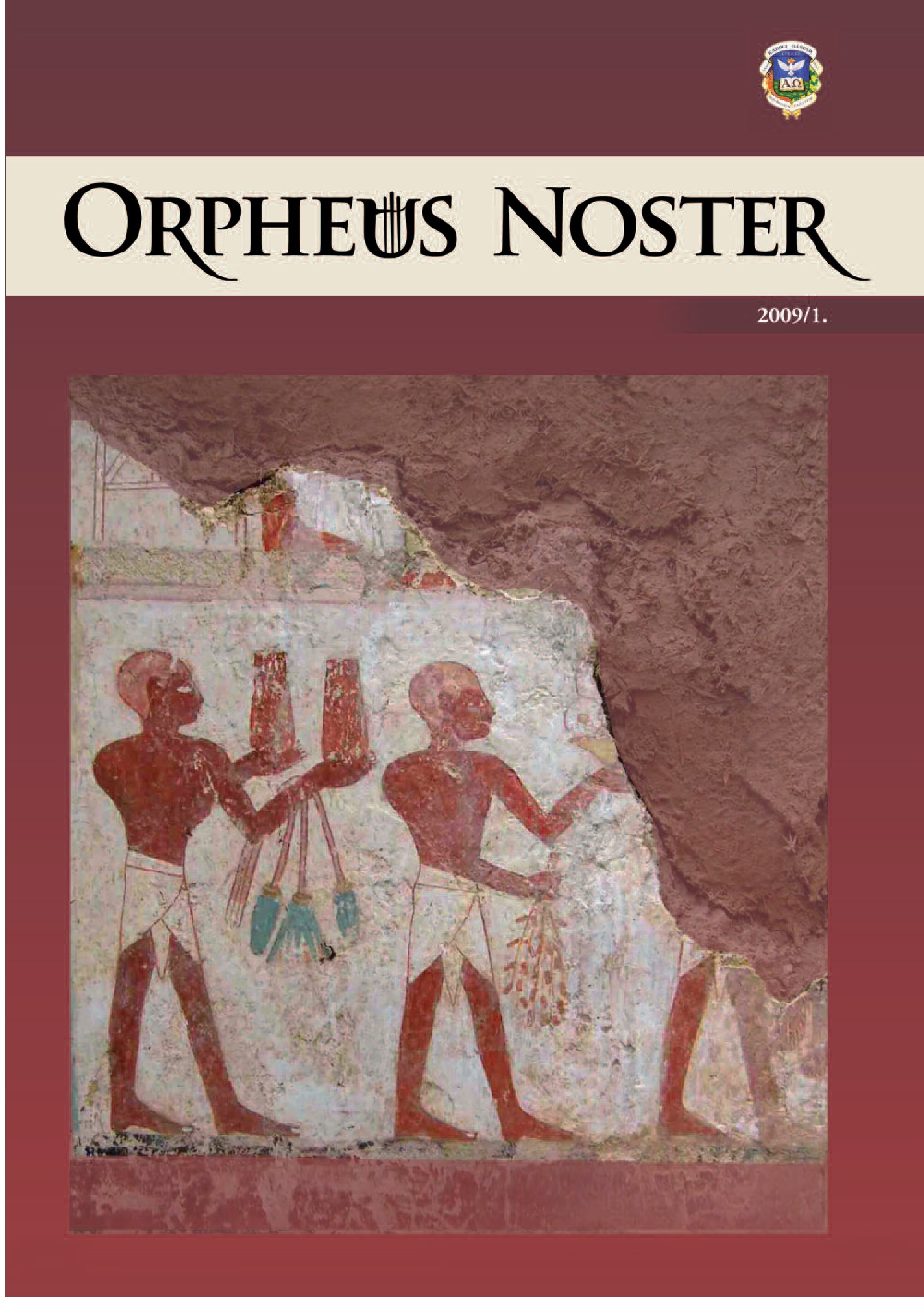Fontes mutantur et nos mutamur in illis? – A történeti emlékezet alternatívái a Sāsānida kori Iránban
Fontes mutantur et nos mutamur in illis? – the alternatives of historical thought in Sasanian Iran
Author(s): Miklós SárközySubject(s): Cultural history, Ancient World
Published by: Károli Gáspár Református Egyetem
Keywords: Iranian history; Sasanian Iran
Summary/Abstract: Sasanian Iran had a deep impact on later Iranian history and culture, its traditions deeply and succesfully shaped and reshaped the posterity. These nearly four centuries can be characterized as the final culmination of PreIslamic Western Iranian culture. However, the formation and evolution of the Sasanian Iran and its imperial ideology seems to be the continuation of several earlier and often divergent traditions. This article aims at throwing light on the various alternatives of traditions, historical thoughts which existed at the time of the emerging Sasanian state. All of these ideologies were deeply rooted in the past centuries of the ancient Near East and represented different ways of historical and cultural traditions. Beside the surviving Achaemenian traditions albeit in a very limited and fragmentary form on the basis of our written testimonies one can see four other influences: these are the Jewish, the Christian, the Zoroastrian and the Parthian traditions. It is well-known that the ideology of the Zoroastrian clergy became prevalent during the entire Sasanian period. Other influences remained marginal and isolated mainly on the Eastern and Western fringes of the Sasanian Empire. But the tenacious survival of these ’non governmental’ ideologies later contributed a lot to the re-eavulation of the Iranian historical thought in Early Islamic times.
Journal: Orpheus Noster. A KRE Eszme-, Kultúr-, és Vallástörténeti Folyóirata
- Issue Year: I/2009
- Issue No: 1
- Page Range: 33-48
- Page Count: 16
- Language: Hungarian

